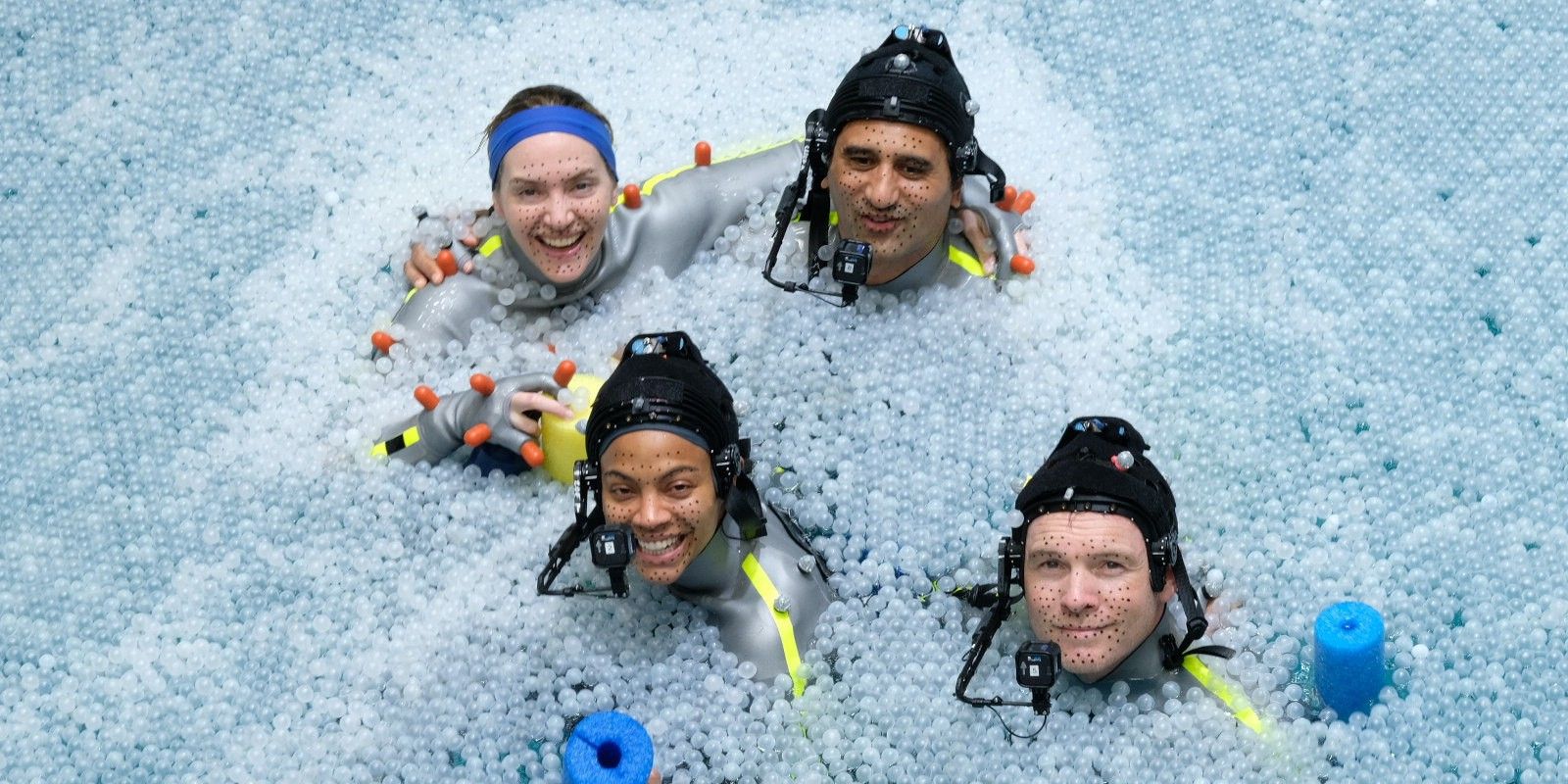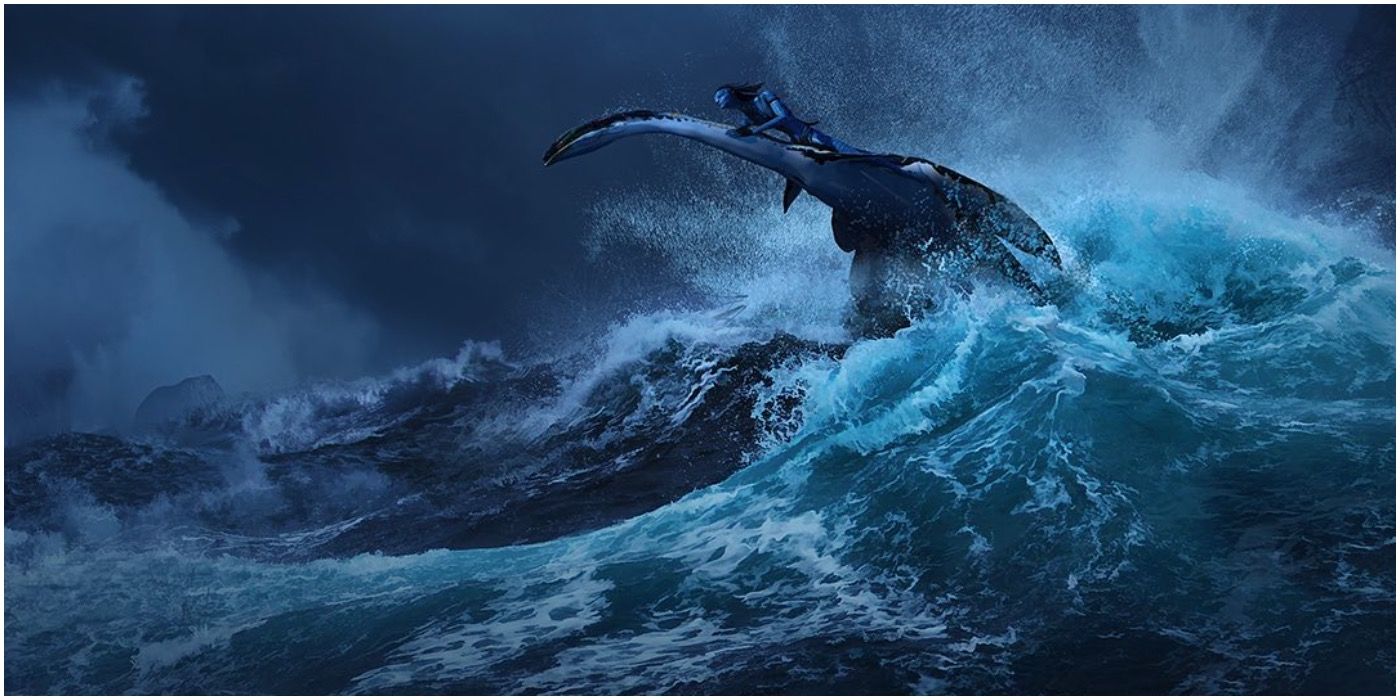Blockbuster filmmaker James Cameron has explained the new underwater motion-capture filmmaking used in his upcoming sequel, Avatar 2. Since announcing his intention to deliver four sequels to the highly acclaimed and ground-breaking Avatar, Cameron’s ambition has frequently been questioned, with many people wondering if audiences will still care about the franchise when the first sequel arrives a year from now on December 16, 2022.
For those who remember the theatrical release of Avatar in 2009, there’s no denying that Cameron delivered something truly special. The film was a technological marvel, offering a highly immersive 3D world that kicked off countless copycat attempts by lesser films. For several years afterward, 3D technology was a Hollywood obsession, with screenings of the biggest films being offered in both 3D and standard viewing experiences. But as with all cinematic trends, audiences eventually tired of the experience and studios got the message, drastically cutting back on 3D projects until the concept more or less faded away. Throughout this decline in the demand for 3D, Cameron was busy laying the groundwork for his sequels. More ambitious than mere 3D, Avatar 2 will show off the use of underwater mo-cap technology – something that Cameron designed specifically for the franchise.
News that Cameron was perfecting the underwater technology before Avatar 2 could be shot is nothing new to fans, but exactly how it works or what it will look like remains unknown. However, while speaking with EW Cameron provided a bit of information on the technology, explaining the difference it makes when compared to more traditional methods. Assuring fans that the difference between the traditional and his newly created (and very expensive) method isn’t even close, Cameron spoke about testing the two back to back:
"My colleagues within the production really lobbied heavily for us to do it 'dry for wet,' hanging people on wires. I said, 'It's not going to work. It's not going to look real.' I even let them run a test, where we captured dry for wet, and then we captured in water, a crude level of our in-water capture. And it wasn't even close."
A 900,000-gallon water tank was built for the sequels and apparently the majority of Avatar 2 takes place in and around the sea, focusing in particular on the children of Jake Sully (Sam Worthington) and his Na’vi wife, Neytiri (Zoe Saldana). While the first Avatar film had set its sights on the lush jungles and forests of Pandora, Cameron wanted to bring the focus to the sea for the sequels, and that meant getting the right technology for the job. The fact that the sort of underwater mo-cap used in Avatar 2 and 3 has been pioneered specifically for Cameron’s films is indication enough that something truly special is on its way. The 67-year-old, three-time Oscar winner readily admits that these sequels cost a lot of money to make and the potential threat of not making that money back is obviously a concern.
However, by the time that Avatar 2 hits theatres, it will have been 13 years since audiences last explored Pandora. The desire to return to that world will surely bring in a significant number of fans, but it’s not hard to believe that there will be those who pay to see the film just to check out what Cameron has managed to achieve with underwater motion capture. In much the same way that Avatar brought in viewers over its spectacular 3D, Avatar 2 will undoubtedly have people lining up to experience something entirely different and new.
Source: EW





